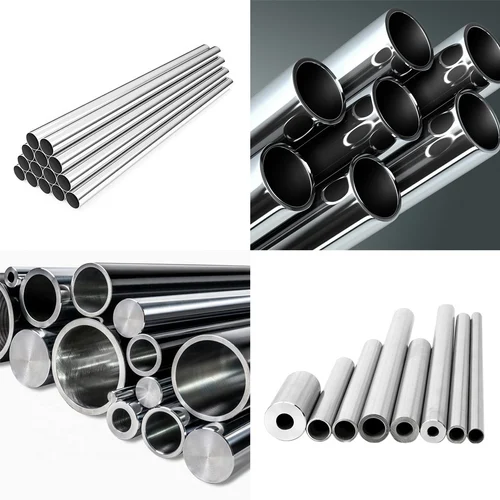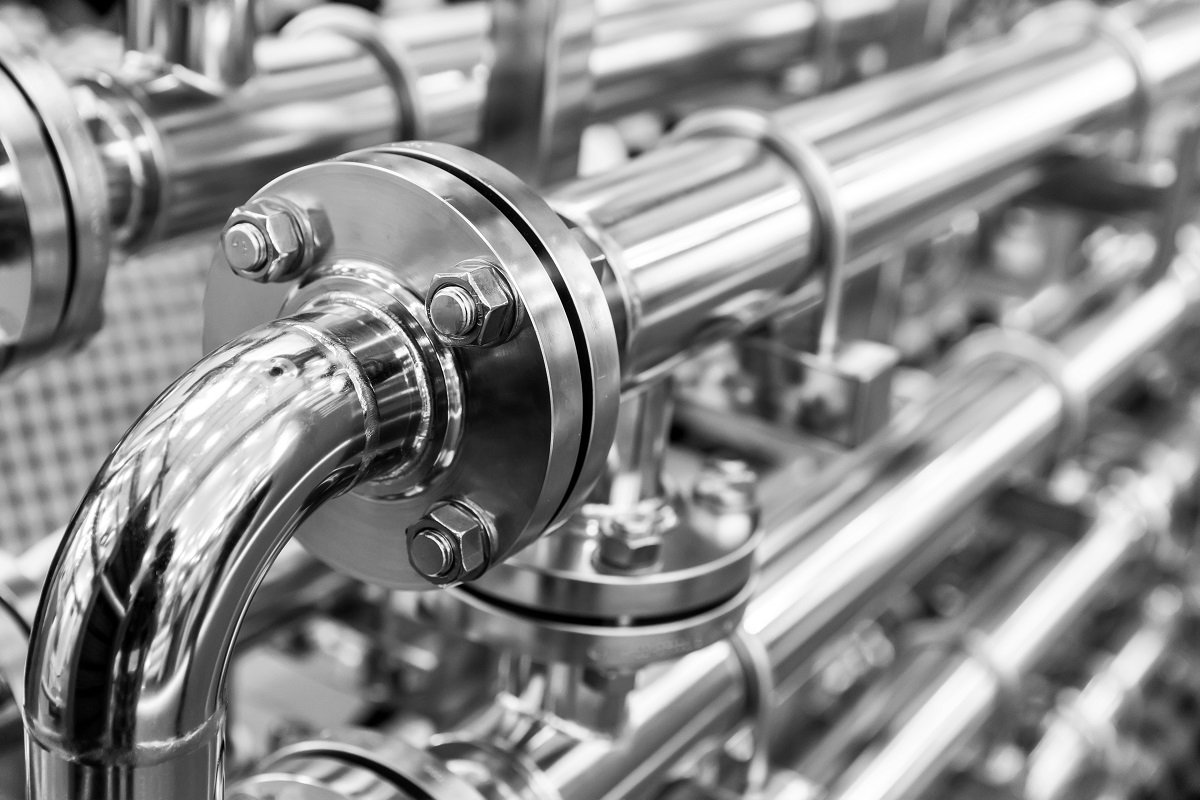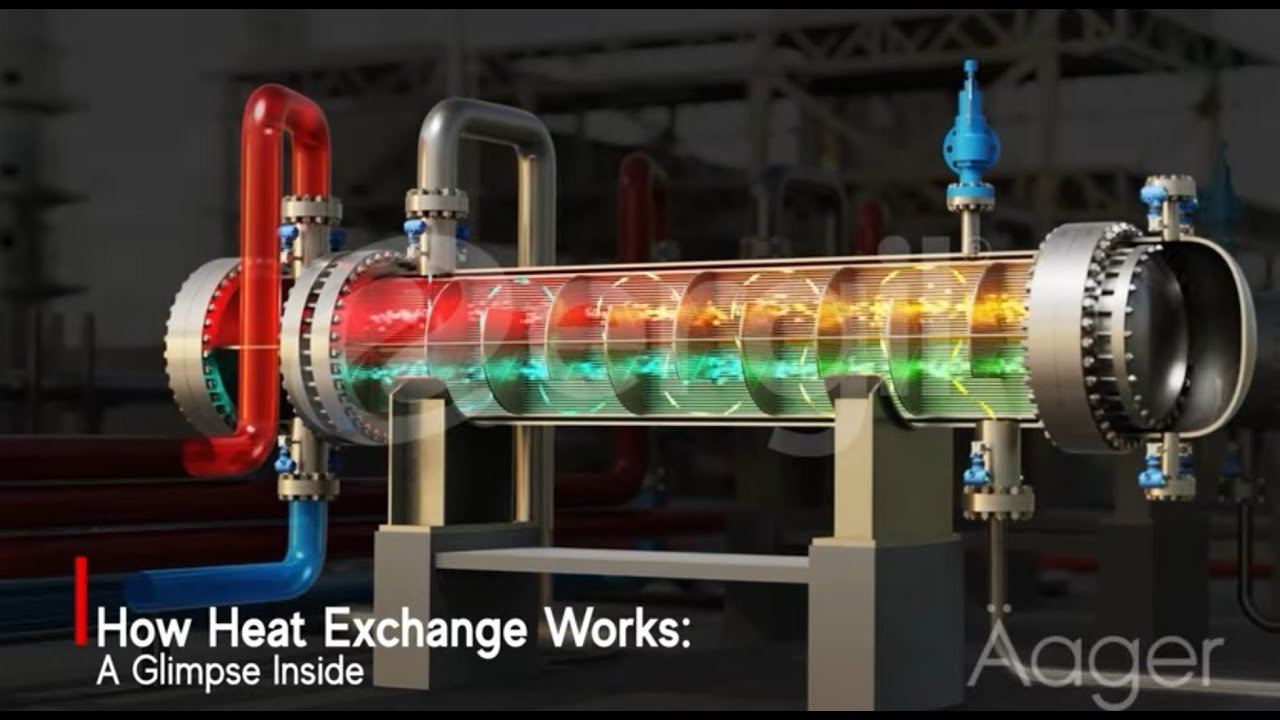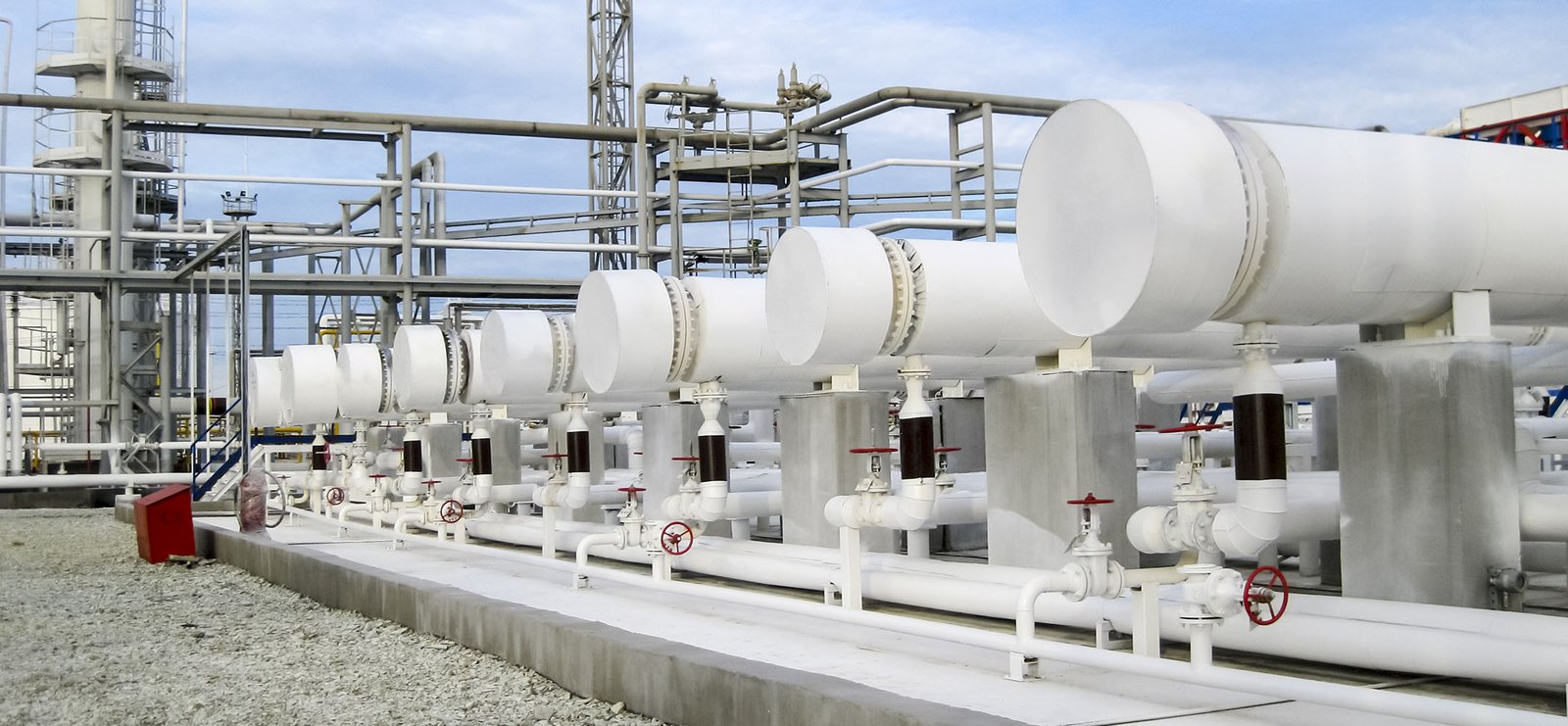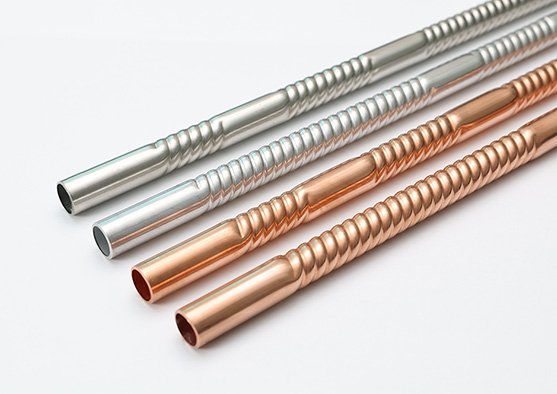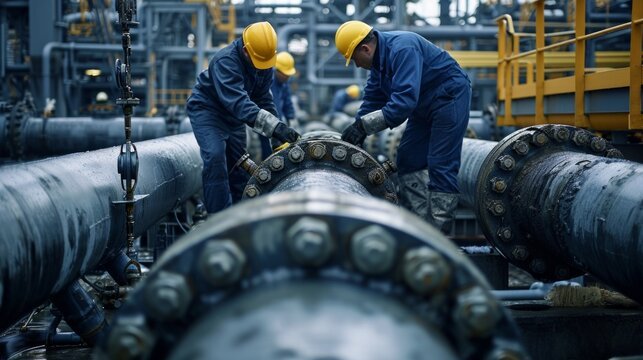Meta Description:
Choosing pipe material can make or break your project. Learn how engineers weigh cost, corrosion, pressure, and long-term reliability when selecting stainless steel and alloy pipes.
Introduction
If you’ve ever been responsible for building or maintaining an industrial pipeline—whether it’s for steam, chemical transfer, or even chilled water—you know one thing:
Choosing the right pipe material isn’t just about the price.
It’s about performance, safety, durability, and making sure your system doesn’t fail a few months after installation.
In this article, we’ll walk through how real-world engineers (like us) make that choice—balancing technical specs, budget, and project goals.
1. Start with the Fluid
Is it clean water? Acidic vapor? Oil with sand and sulfur?
The first thing we always ask:
“What’s flowing through the pipe?”
Because that determines corrosion risk. For example:
- For clean water: TP304 or TP304L is usually enough
- For chloride-rich water or seawater: TP316L or Duplex S31803 is better
- For aggressive acids: Incoloy 825, Hastelloy C276, or similar nickel alloys are safer bets
Rule of thumb: If you’re not 100% sure about the fluid, always go safer on corrosion resistance.
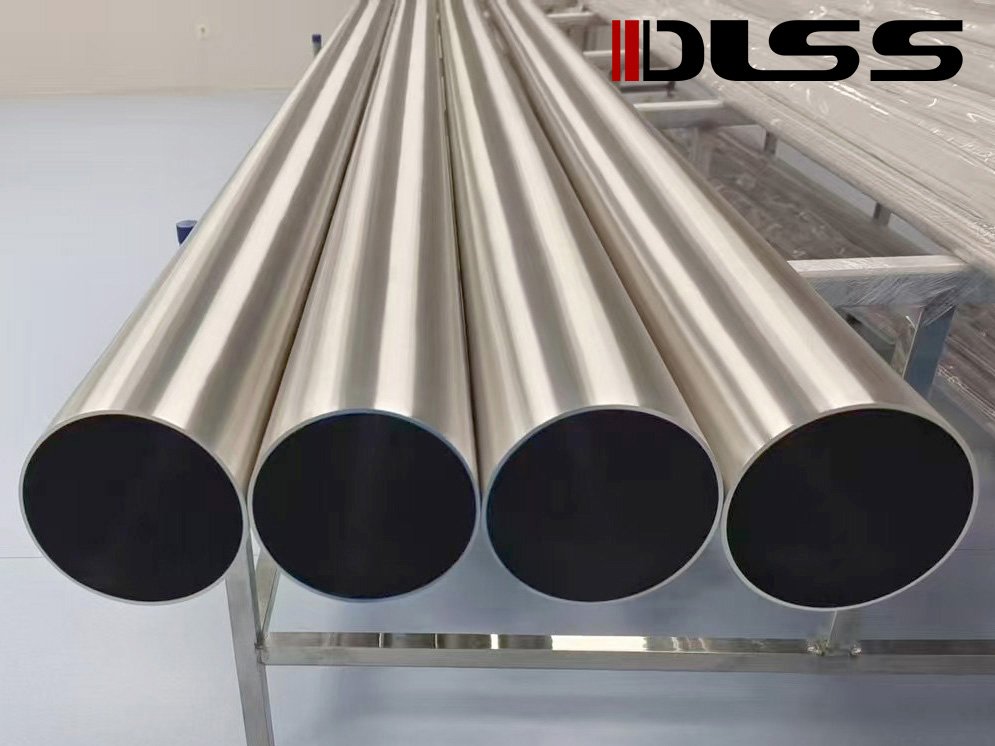
2. Don’t Ignore Pressure and Temperature
Just because a pipe fits doesn’t mean it can handle the pressure.
A steam line in a power plant might hit 500°C and over 80 bar. That’s not something you want to trust to a basic welded pipe without testing.
- High pressure + high temperature → Seamless pipe (ASTM A213 / TP321 / TP347H)
- Low pressure + low temp → Welded pipe (ASTM A249 / TP304L) is usually fine
Also, always check your country’s piping code:
- ASME B31.1 for power
- ASME B31.3 for chemical/oil
- ISO/EN for Europe and South America
3. Consider Welding and Installation
If you’re going to do a lot of field welding, pick a material with good weldability.
- TP304L and TP316L: easy to weld, less risk of cracking
- Duplex steel: needs more careful control of heat input
- Nickel alloys: weldable, but need experienced hands
If you’re in a remote location or using subcontractors, keep it simple. Choosing a material that’s “overqualified” but hard to weld might lead to more problems than it solves.
4. Life-Cycle Cost > Upfront Cost
We’ve seen companies save 10% on initial cost, only to spend 3× more on repairs in 18 months.
It’s not just about the pipe cost—it’s about the system cost.
Material failure = shutdowns, product loss, customer complaints, or worse.
That’s why at DLSS, we always recommend clients weigh long-term maintenance and reliability. Sometimes TP316L is worth the extra dollars.
5. Ask Your Supplier the Right Questions
Before placing the order, ask:
- Can they supply MTCs (Material Test Certificates) with full chemical & mechanical data?
- Do they offer NDT (ultrasonic, hydro, PMI) options?
- Can they handle third-party inspection (SGS, BV)?
- Is EN 10204 3.1 or 3.2 available?
- Do they understand your application—not just the pipe?
At DLSS, we’ve helped dozens of EPC contractors and plant owners avoid last-minute changes just by getting material discussions right from the beginning.

Real Example: Pulp Mill in Chile
We worked with a pulp and paper plant in southern Chile that had corrosion issues in their bleaching line. Their old 304 pipes lasted just 2 years.
We switched them to TP316L seamless pipe, with pickled surface finish and tighter tolerance, and they’ve been running trouble-free for 5+ years now.
That’s the kind of result you want.
Conclusion
Pipe material selection isn’t about specs alone—it’s about understanding the real demands of your system.
At DLSS, we don’t just sell pipe. We help you make the right engineering call.
Contact DLSS
Email: info@dlsspipe.com
Website: www.dlsspipeline.com


